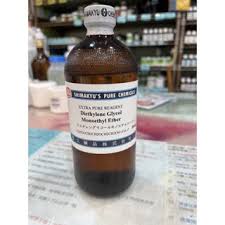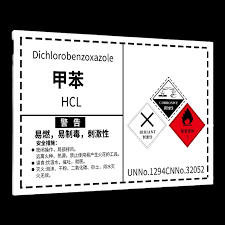do you do vest with sodium chloride?
Weighted vests have become increasingly popular amongst fitness enthusiasts and athletes, as they offer a simple yet effective way to add resistance to one’s workout routine. But did you know that the key to unlocking the full potential of these exercise aids may lie in a common household compound – sodium chloride, more commonly known as table salt?
- Maintaining salt-filled exercise equipment requires regular moisture control, storage at optimal temperatures, and a consistent maintenance schedule.
- Incorporating sodium chloride-filled vests into your workout routine can offer a unique and challenging way to elevate your fitness regimen.
Chemical Properties and Weight Distribution Benefits
The high density of sodium chloride also means that a smaller overall volume is required to achieve the desired weight, leading to a more compact and comfortable fit.
Safety Considerations When Using Salt-Based Weights
While sodium chloride is a safe and effective material for weighted vests, it’s crucial to consider certain safety precautions. Proper storage and desiccant use are essential to keep the salt dry and functional.
Moisture Control and Prevention
Excessive moisture can compromise the structural integrity of salt-filled vests, so we recommend implementing robust moisture control measures. Regularly inspect your equipment for signs of dampness, and consider utilising desiccant packs or dehumidifiers to maintain a dry environment. Prompt attention to moisture issues will extend the lifespan of your table salt, rock salt, or sea salt-based weights.







